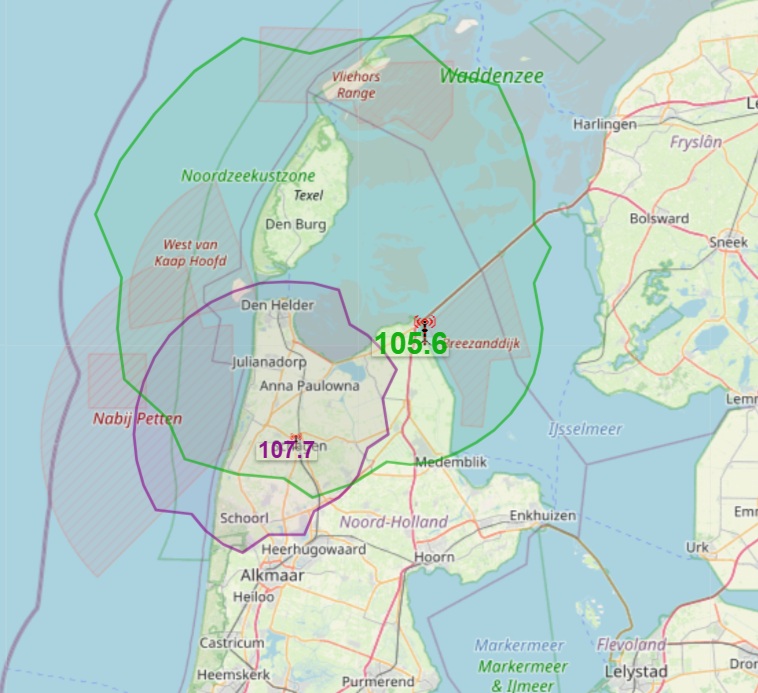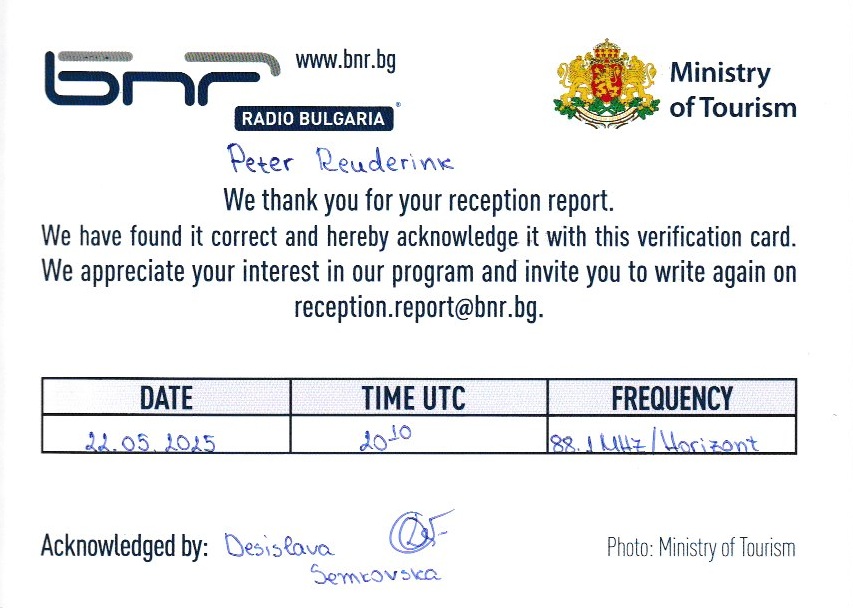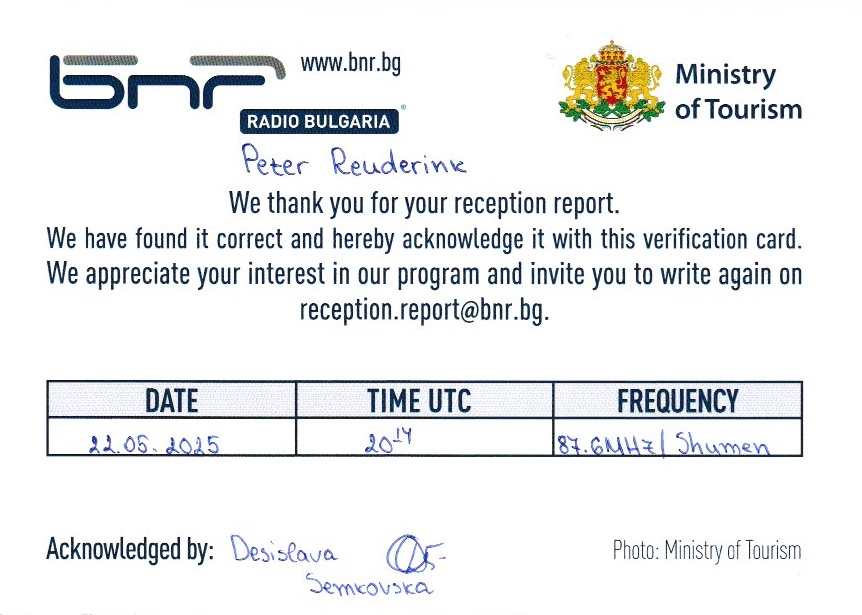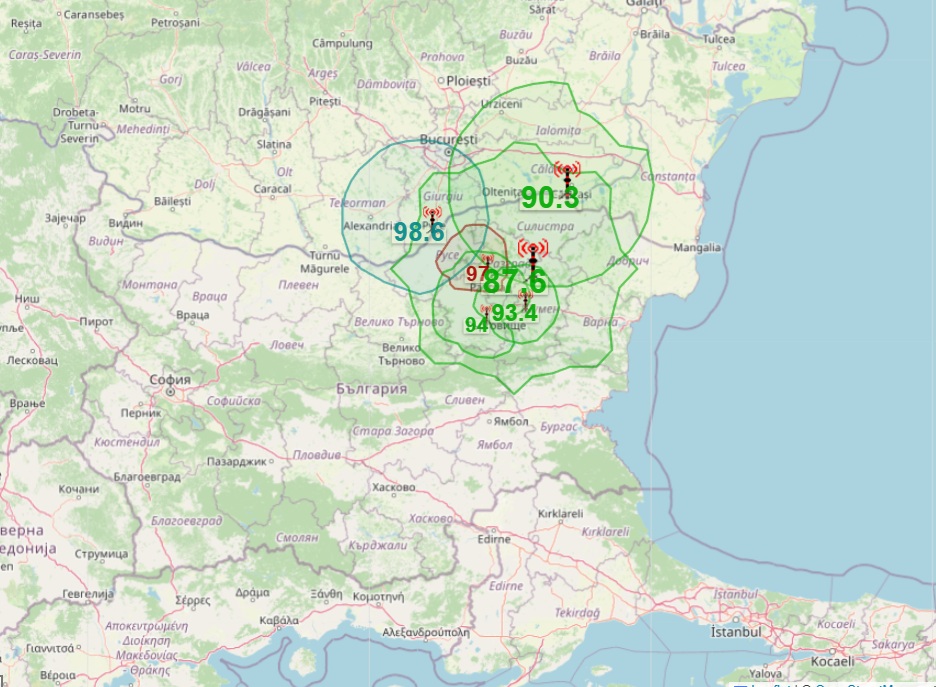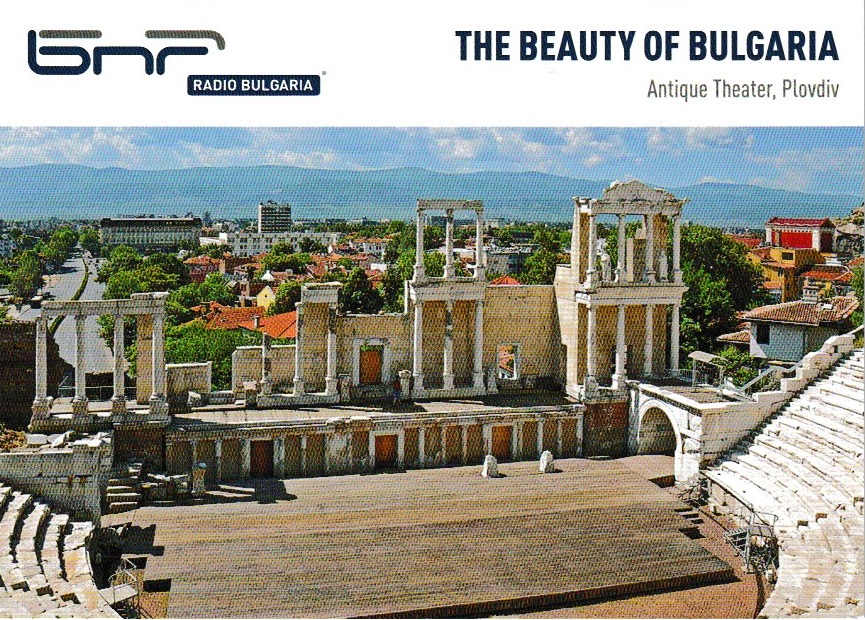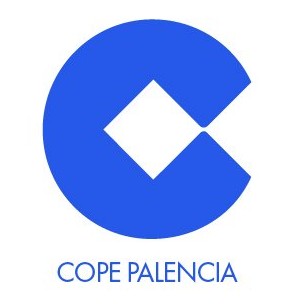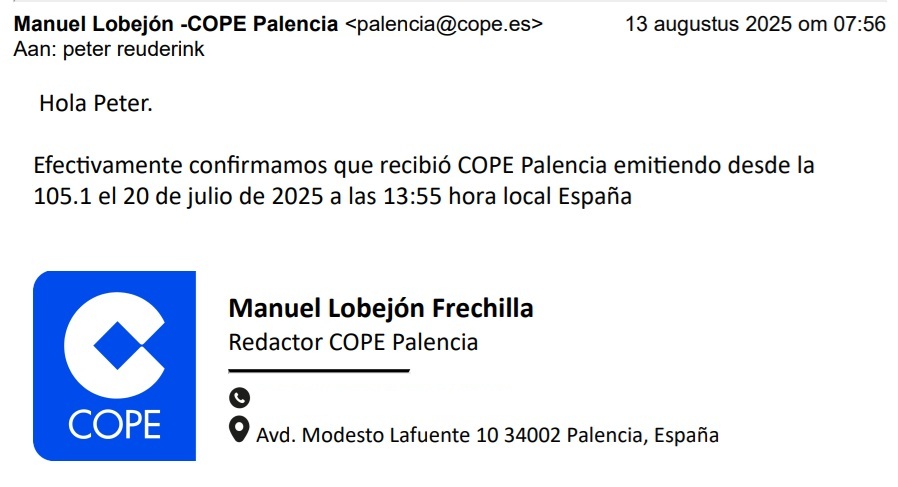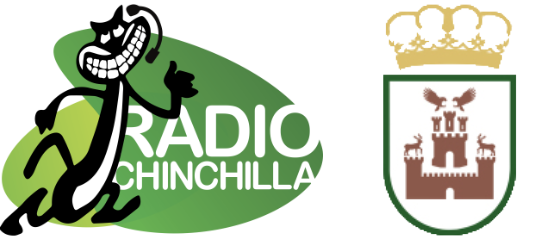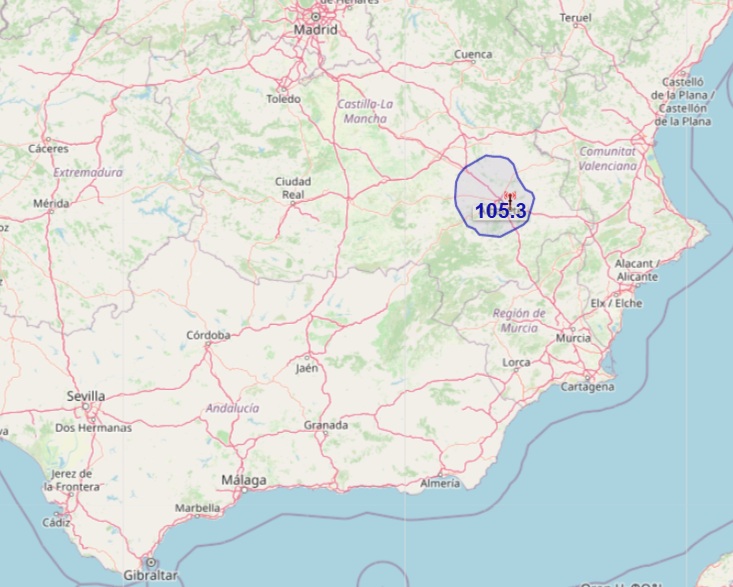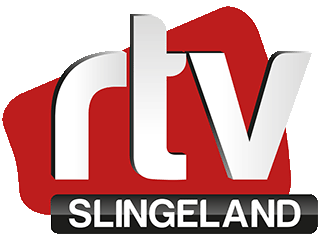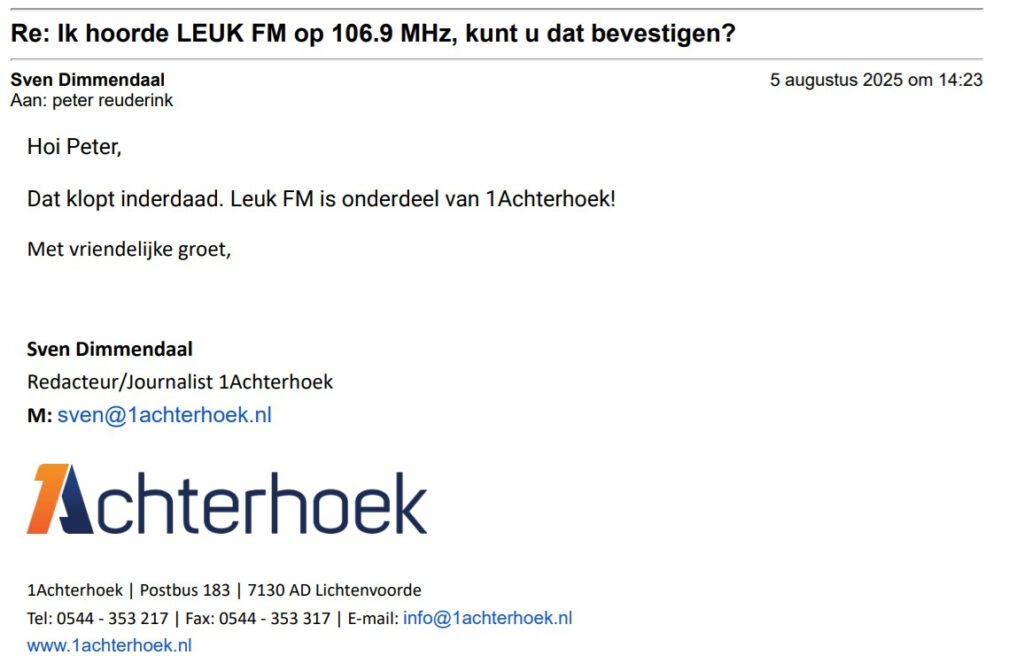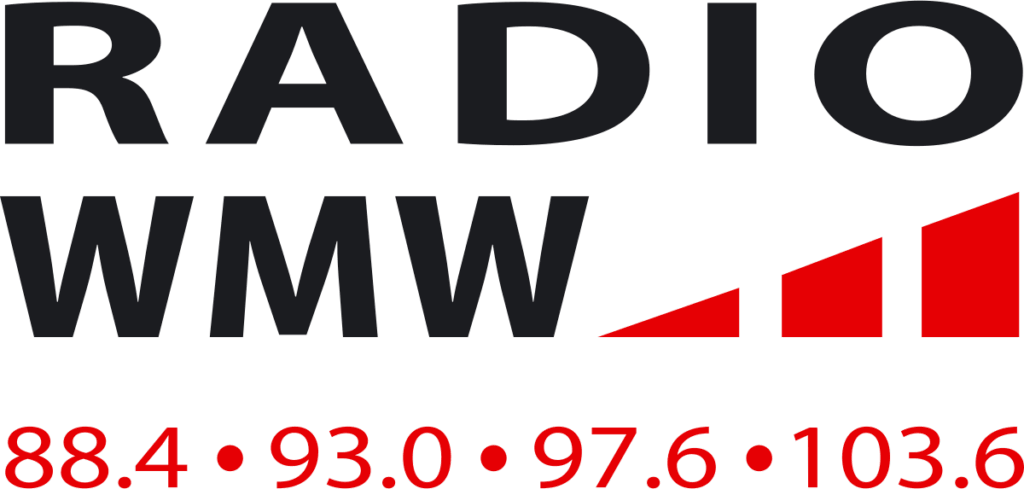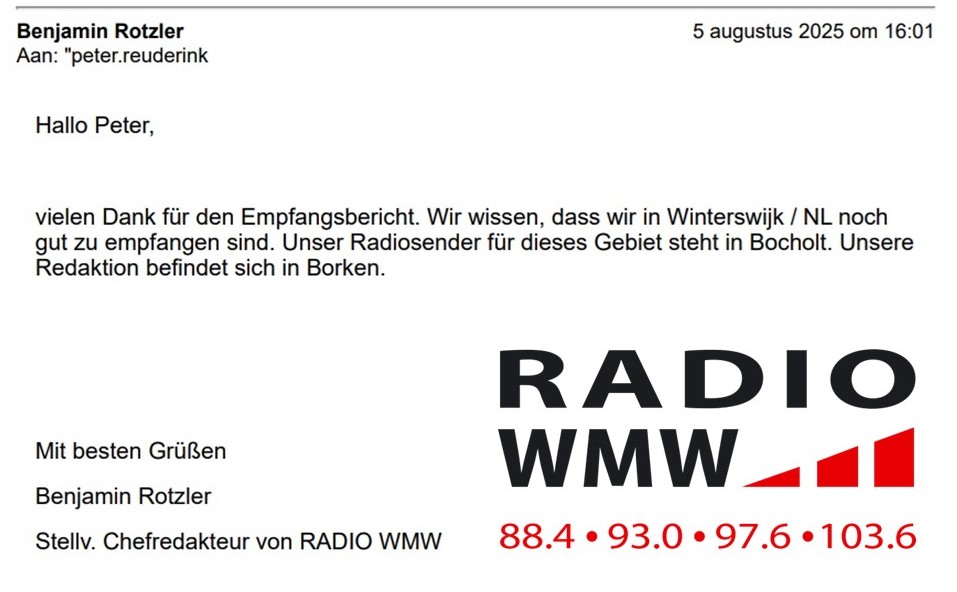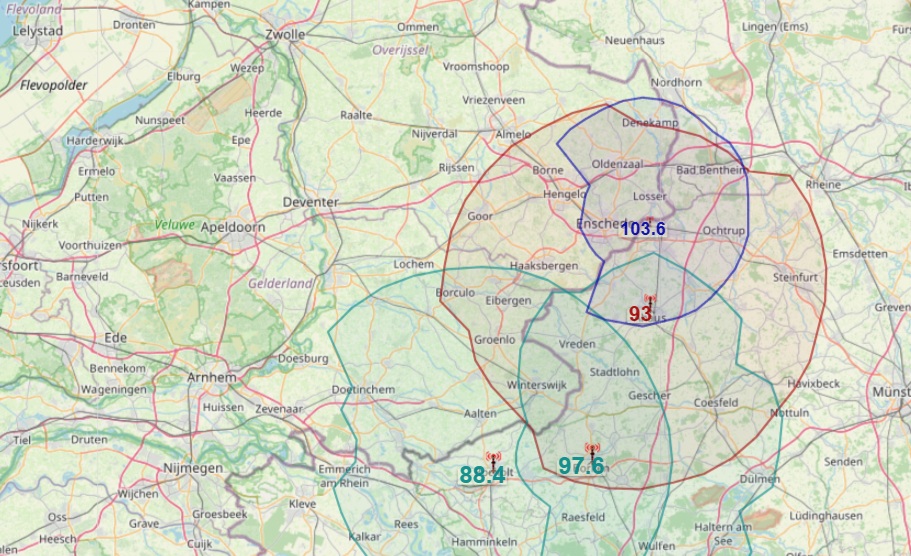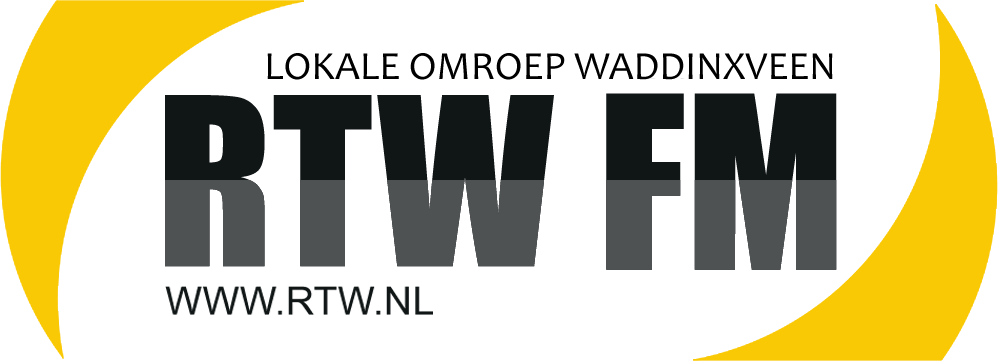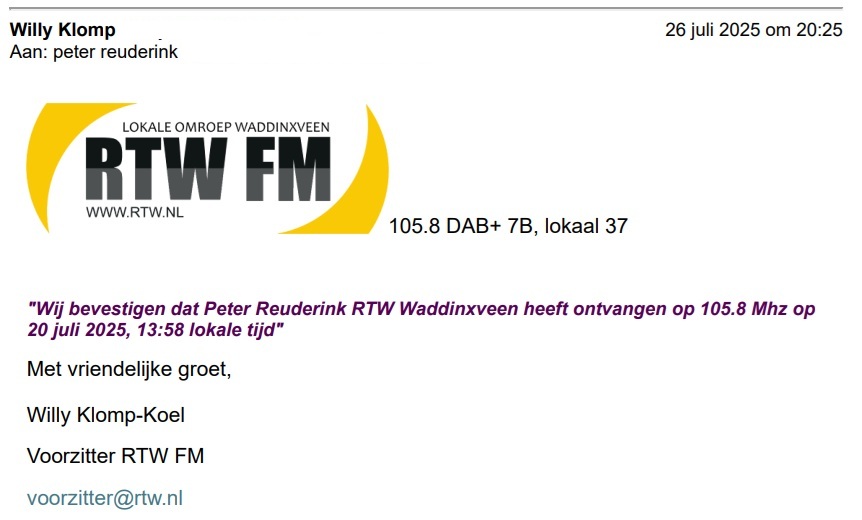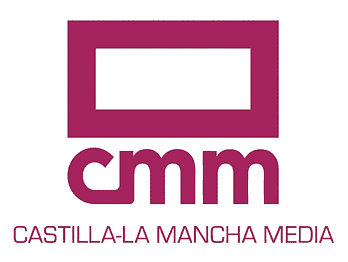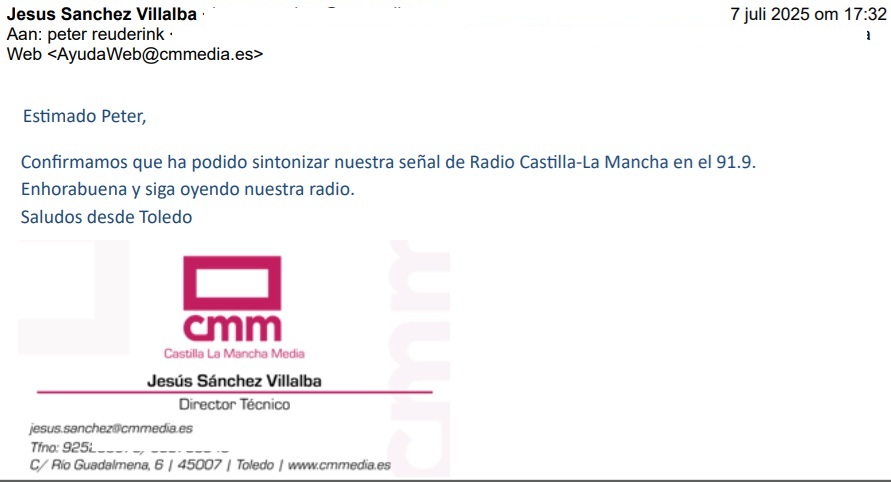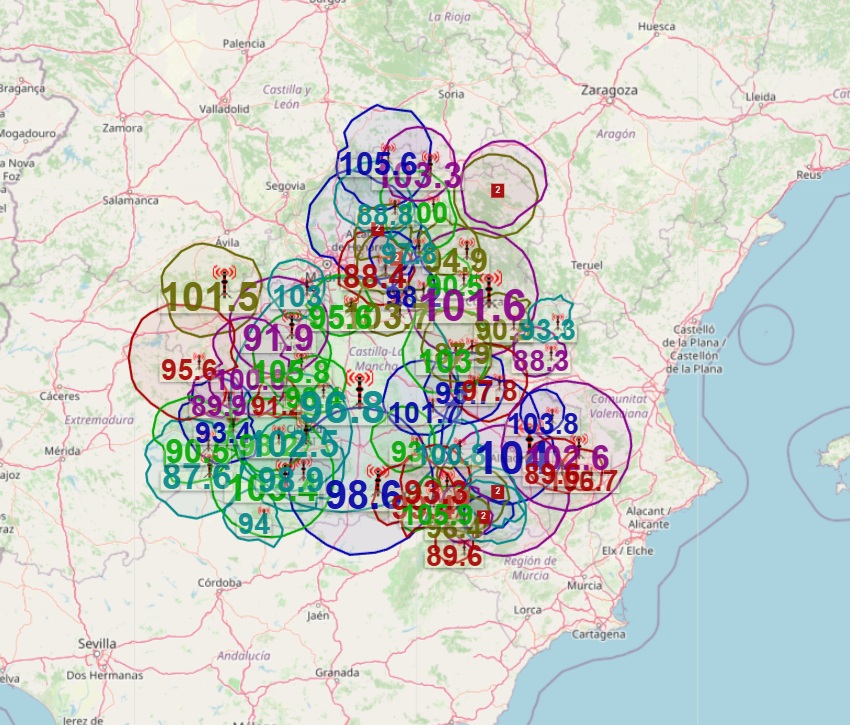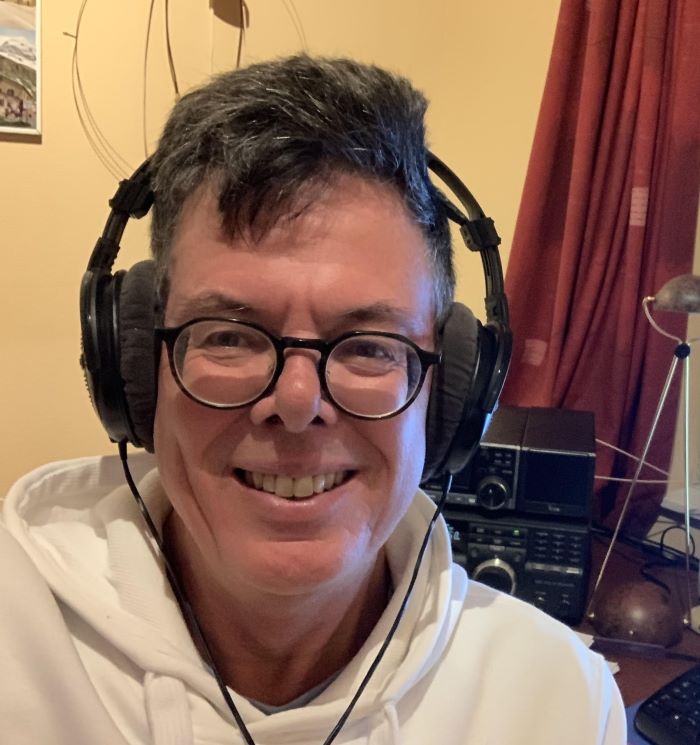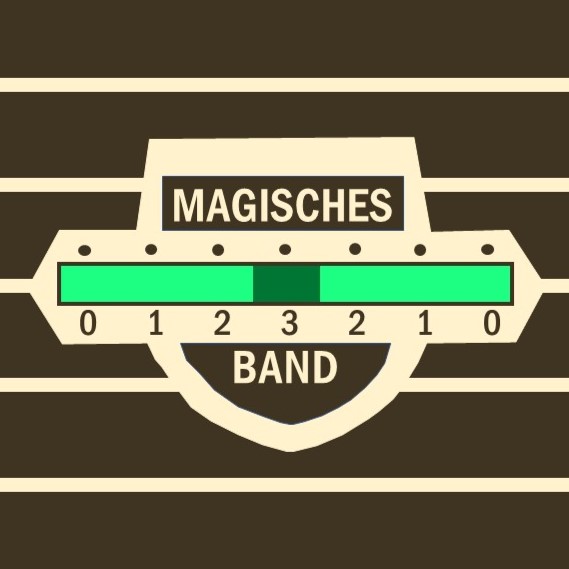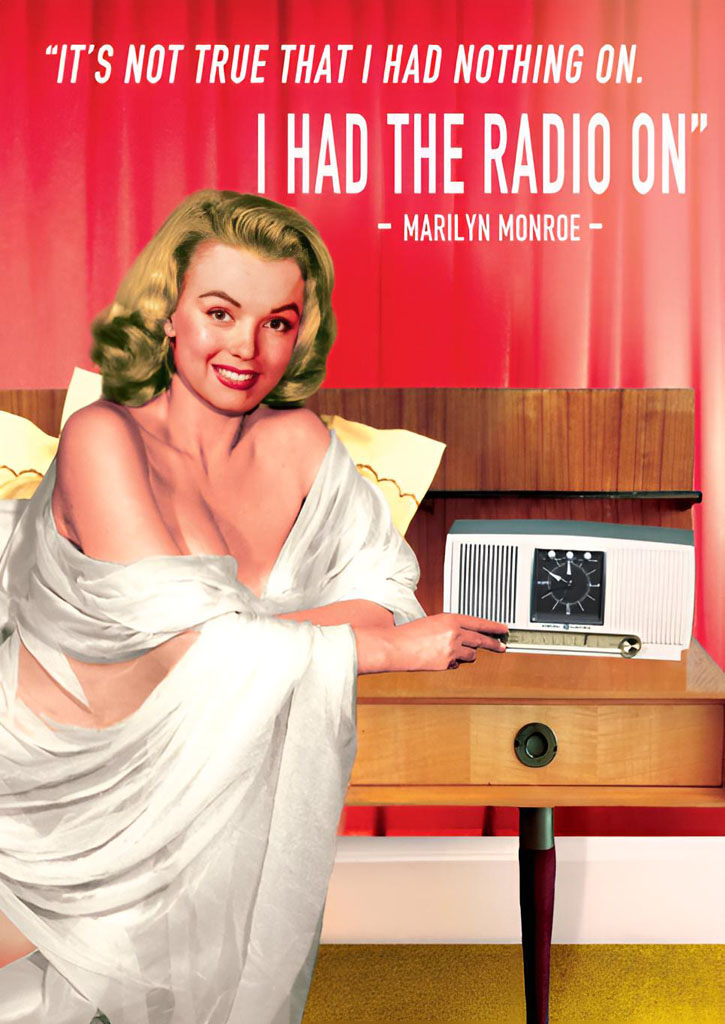
During a brief stay on the island of Texel I was able to listen to Noordkop 247. I heard them on both of their frequencies: 105.6 and 107.7 MHz. I sent my report to nieuws@noordkop247.nl and received this QSL email almost immediately.
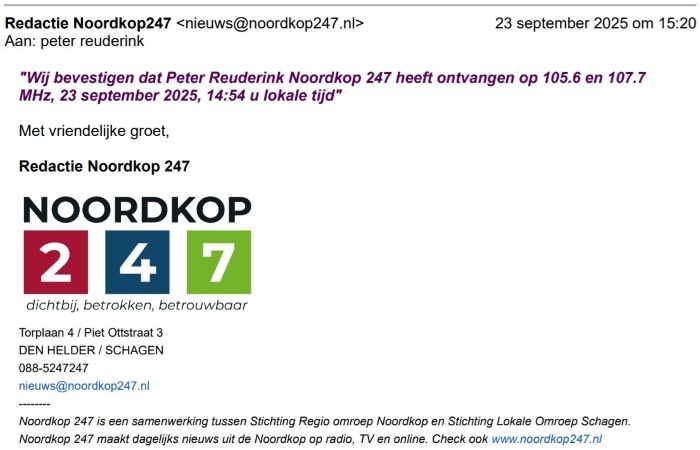
Noordkop 247 is the regional radio for the “Kop van Noord-Holland” the northwestern point of the mainland of the Netherlands. If my information is correct Noordkop 247 is only 23 days old. On September 1st, 2025 the regional station Regio Noordkop (municipalities Den Helder and Hollands Kroon) and Noordkop Centraal (Schagen municipality) merged. Below you see their old logo’s.
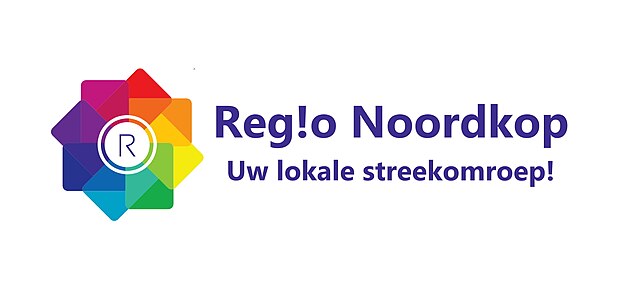
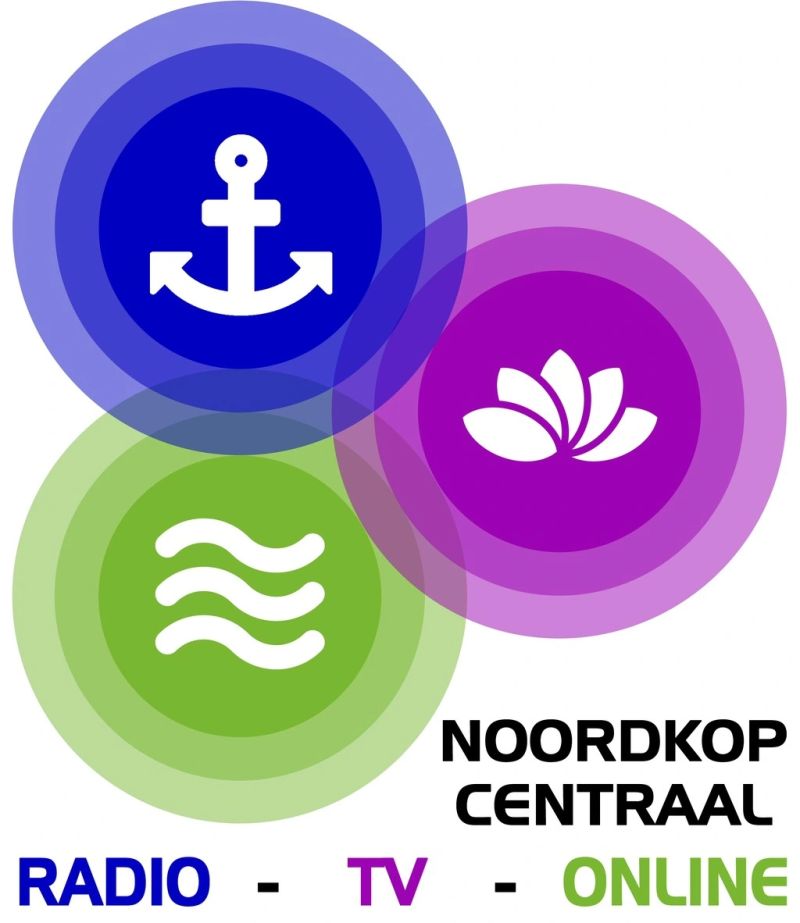
The merger is in line with the Dutch strategy to move from local to more professional regional radio. Or better said: regional media, as today these stations run news sites, podcasts and TV as well. See also my posts on RTV Krimpenerwaard and regionalization and SRC FM.
